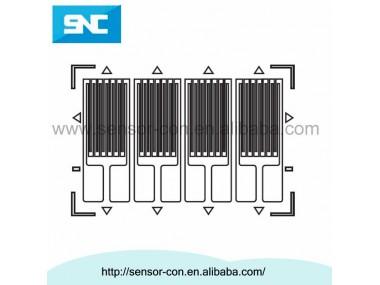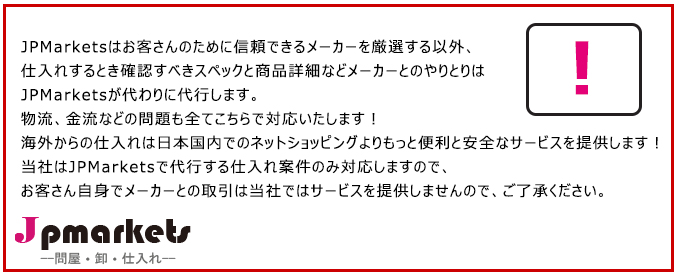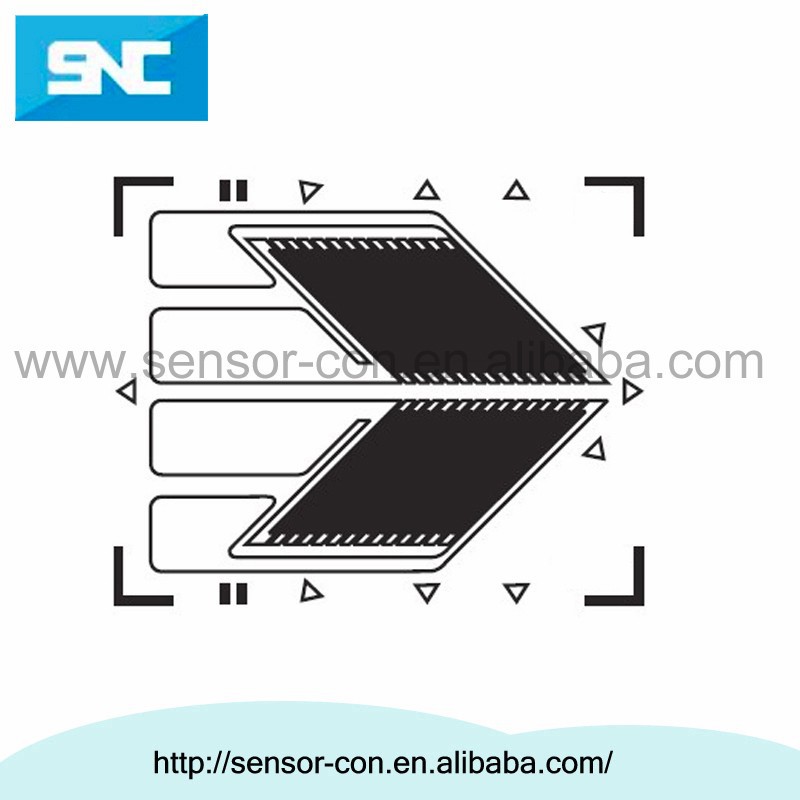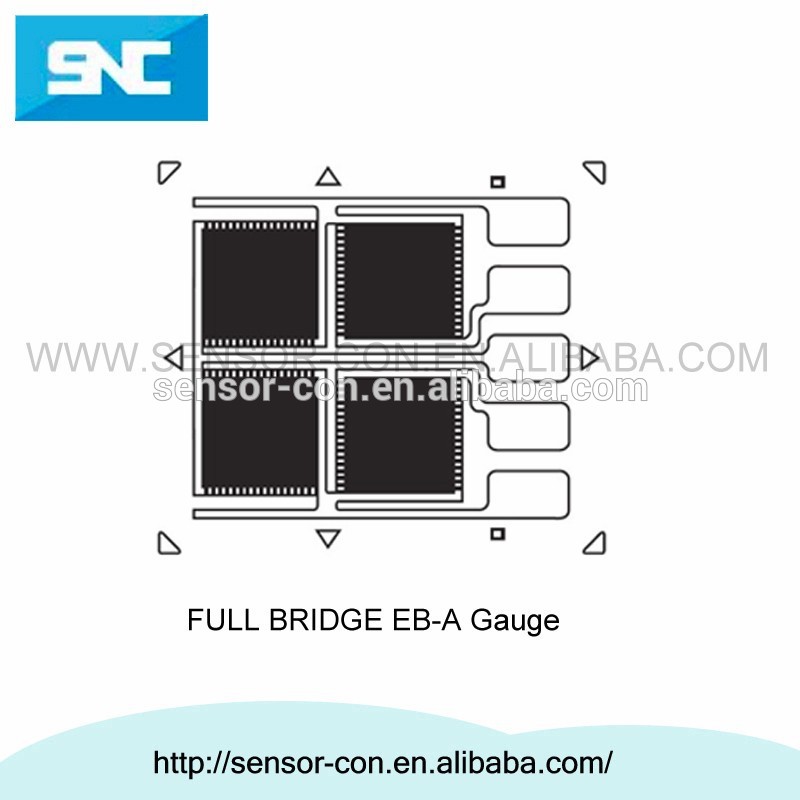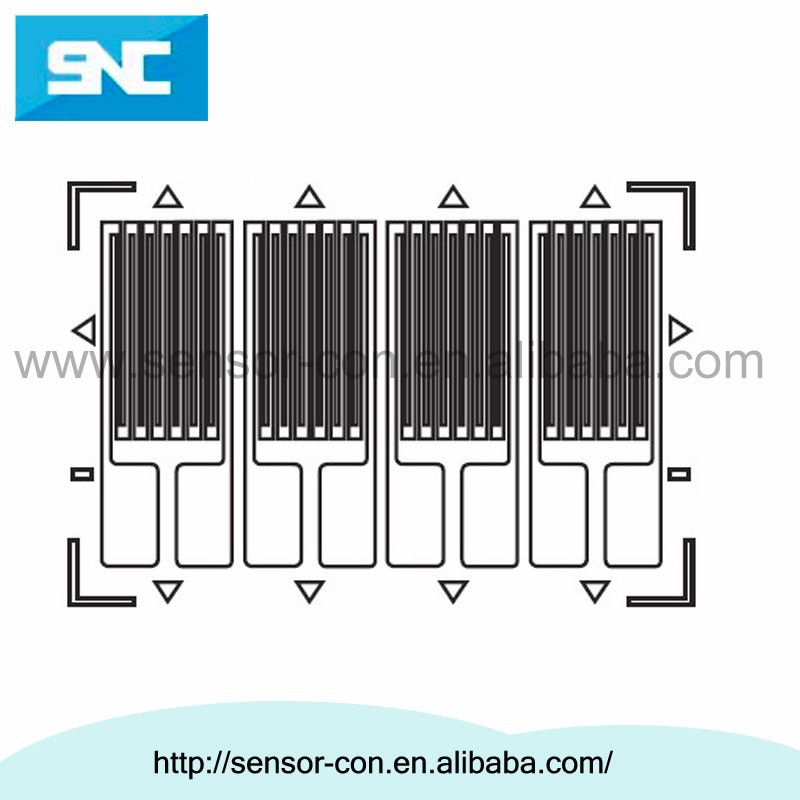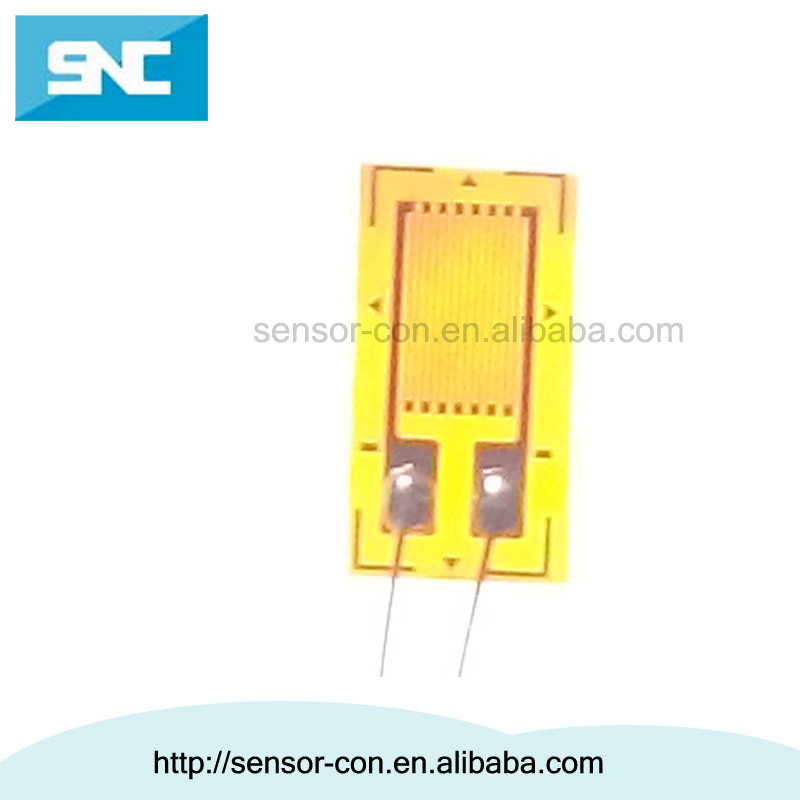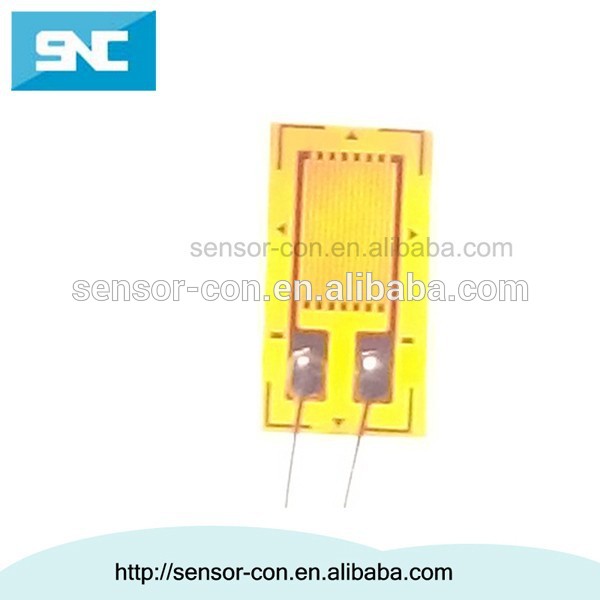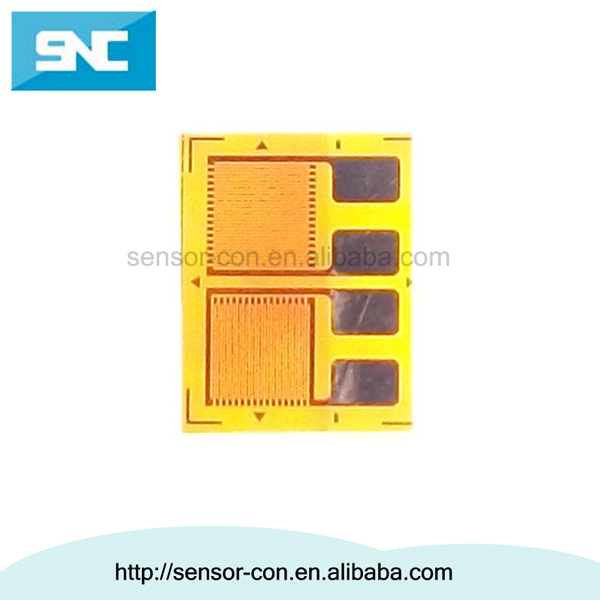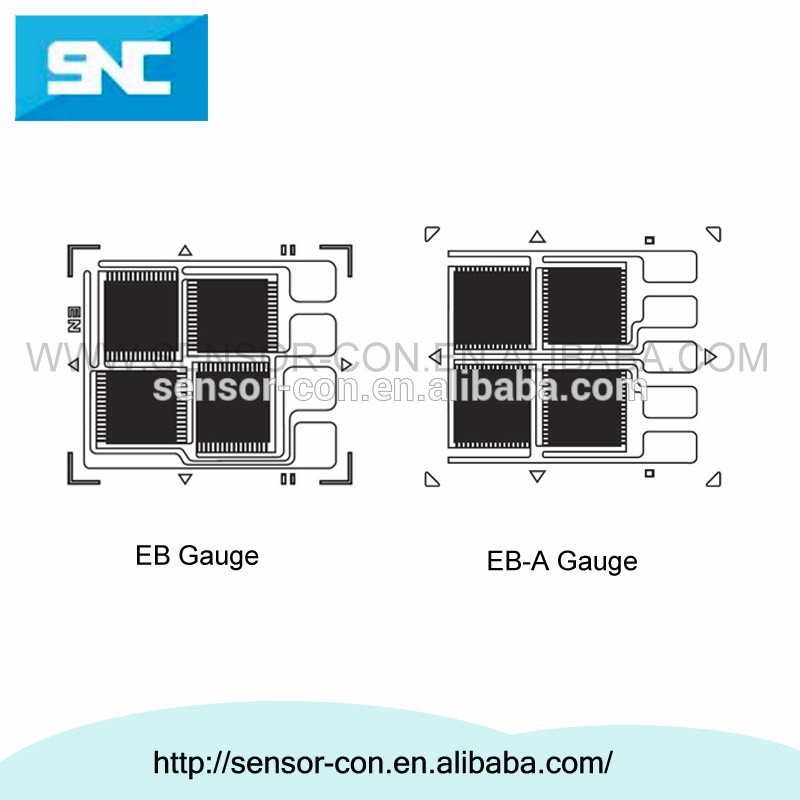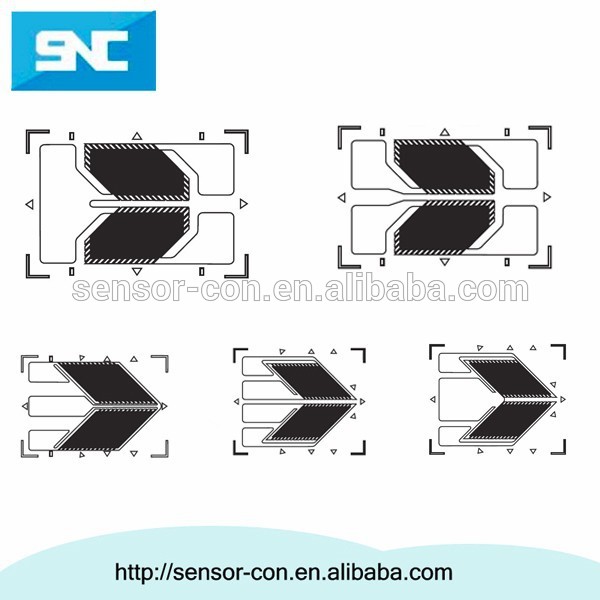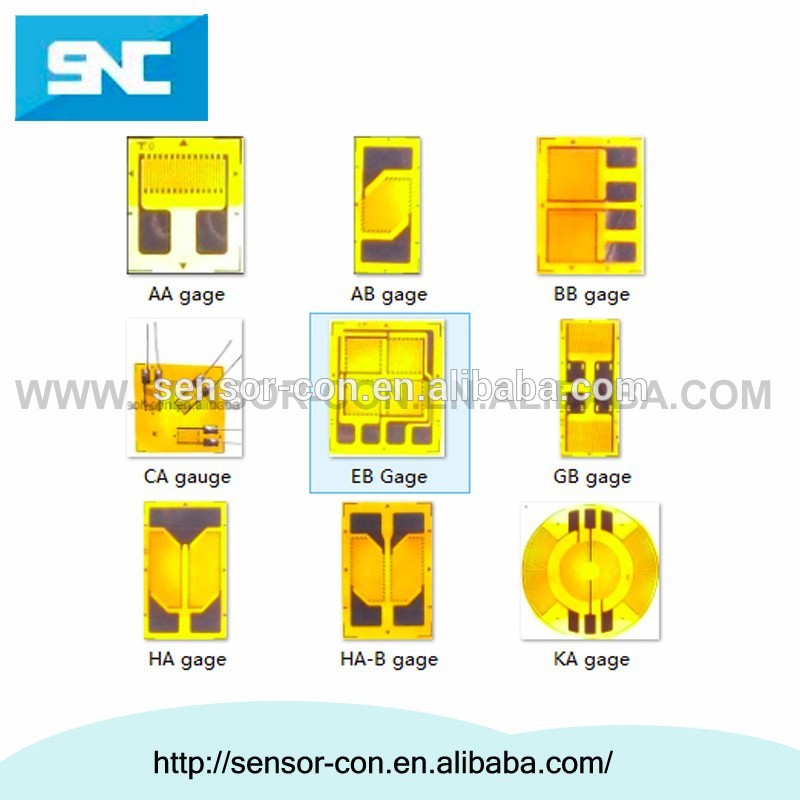| 原産地: | 中国(本土) | 銘柄: | snc | モデル番号: | ひずみゲージbf350-2fdシリーズ | 基材: | フェノールアルデヒド | グリッド材料: | インポートされたkonstantan合金 | 公称値抵抗する誤差: | +350/- 3オーム | 平均抵抗に寛容: | オーム0.4未満で | 温度: | 室温。(- 30- +60度) | 感度と分散: | 2.0+/- 1% | 平均で出力係数: | 2未満um/m/度 | 熱出力分散をするためにスコープ: | 未満30um/m | ultimated室温での抵抗。: | 2万メートルオーム | ヒステリシス: | 1.2um/m |
包装
| 包装: | 薄膜各ひずみゲージ式用の梱包、 その後、 紙カートンの各100個。 |
BF350-FD metal foil type strain gauge /sensor strain gage
Strain Gauge model: BF350 (120, 350,1000 ohm ) - (1,2,3,4...) FD
* we have backings with phenolices, epoxy ,Polyimide and reinforced Laminated expoxy;
* Suitable for precision stress analysis.
BF350-FD metal foil type strain gauge /sensor strain gage
Features:
FD starin gage is a standard and most widely used model, using phenolices backing as base material, fully encapsulated to achieve high quality. The excellent heat-resistance and wide temperature range ensures nice performace in precision stress analysis.
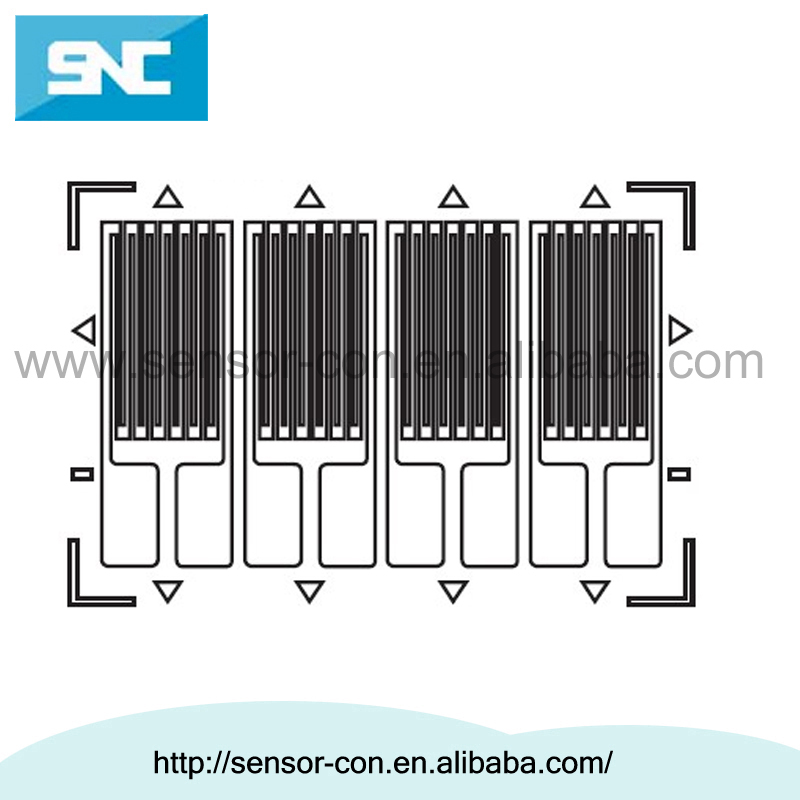
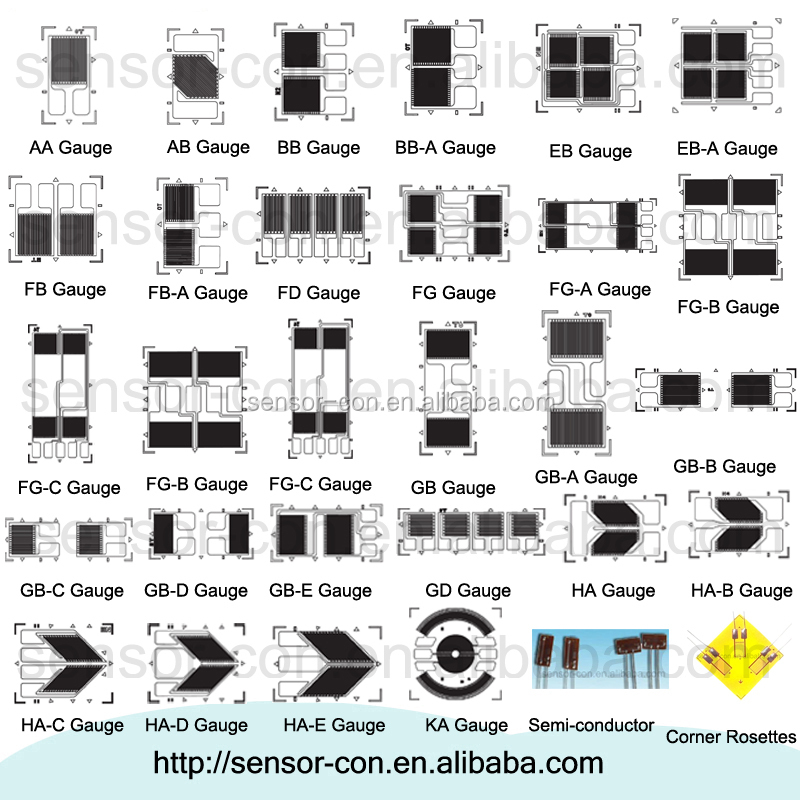



How to choose right strain gauges
The right measuring grid length: Measuring grid length is decided by measurement goal, since the result of a measurement with strain gauges will be determined as the average of strains. So, measuring grid lengths of 3 to 6 mm is a good solution.
Long measuring grids is a good choice wher there is an inhomogeneous material like concrete or wood. A long strain gauge will bridge the inhomogeneity of the workpiece and return the strain underneath the measuring grid as the measurement result.
Short measuring grids works better for detecting a local strain state. They are suitable for determining strain gauge chains, the max. point of notch stresses and similar stress.
The right resistance: It depends on the constraints of the measurement task. Strain gauges of 120 ohms are relatively insensitive to fluctuations in the insulation resistance; for example, due to the effects of moisture.
The advantage of higher-impedance strain gauges is that they produce less specific heat due to the lower measuring current. Plus, they are less sensitive to resistances in the connecting cables to the measuring amplifier. There is also a disadvantage that high- impedance strain gauges may be more sensitive if noise pulses are received

